At 23, New York-based Makenzie Essary has been working in the industry for two years. As sales and marketing specialist for the Aurelie Gi brand — part of the Chic Pistachio group — she shares her views on her generation’s relationship to diamonds.
How do you personally feel about natural diamonds?
I think of natural diamonds as the “superior” diamond in terms of return on investment, but I also think that they are of lesser quality in comparison to their lab-grown counterparts. Natural diamonds are more for an investment piece that will be passed down to future generations, while lab-grown diamonds would be the better options for the “trendier” pieces, since they typically cost less.
What preconceptions do peers your own age or younger have about them?
My friends think of natural diamonds as the “real” diamond. However, the term “blood diamond” and the negative environmental impact from diamond mining come to mind when thinking of natural diamonds.
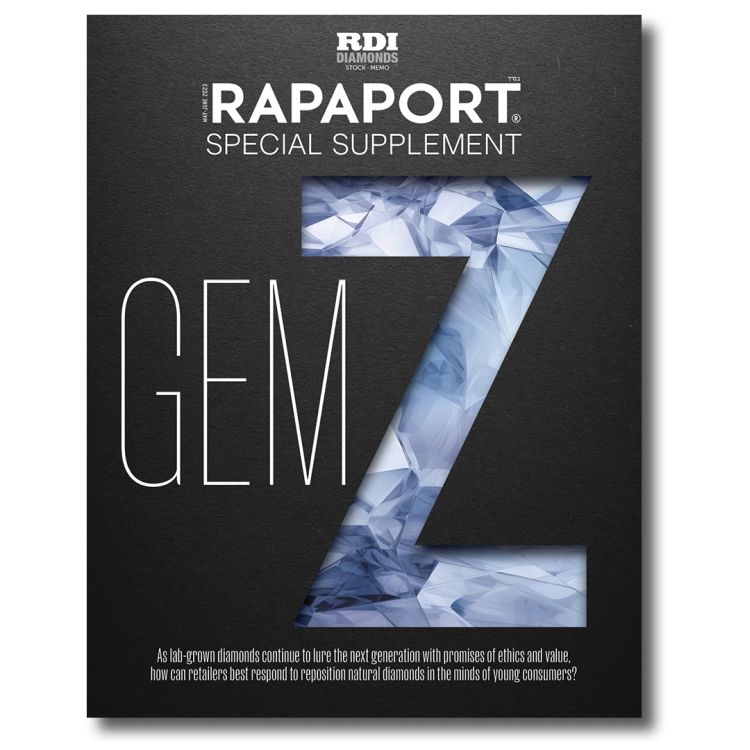
Do your friends buy diamonds? And if so, what do they like to buy?
It’s about a 50-50 split. My friends who like to buy diamonds typically go for trendy diamond earrings for their “earscape.” Because of the negative human and environmental impact — plus the higher cost — of natural diamonds, they typically pick lab-grown diamonds over natural. However, my friends who don’t buy diamonds still own a piece of diamond jewelry. They wear natural-diamond pieces that have been passed down from their parents and/or grandparents.
Is a diamond a prerequisite for a Gen Z engagement ring? And is an engagement ring even a prerequisite for a Gen Z marriage?
An engagement ring is still 100% a prerequisite for Gen Z. While a diamond is still the most popular choice among us, we are also open to colored gemstones such as rubies and emeralds. The toi et moi-style ring with a combination of a diamond and a colored gemstone (think [actress] Megan Fox’s engagement ring) is another popular option among my peers.

What would you say Gen Z’s feelings are toward jewelry — how they view it, how they’re shopping for it, who influences them, what they’re looking for in brands, etc.? And how do they differ from older generations?
For Gen Z, an outfit is not complete without jewelry! It’s another way for you to express your individuality. Social media platforms such as TikTok and Instagram influence what pieces we should be purchasing. Because of this, most of us stick to buying jewelry online. It’s easier to find what we are looking for, and it feels less daunting than going inside a jewelry store. Most of us are shopping for a mix of trendy pieces and classic pieces that are of really good quality, yet still affordable. Jewelry is expensive, so we want to ensure that it will last. Another key factor is ensuring that the brand we’re buying from uses ethical and sustainable practices. We want to keep our carbon footprint to the minimum. For the older generations, they tend to stick to the jewelry stores. They also place a lesser emphasis on ethical and sustainable practices and more on return on investment. These pieces are more likely to be passed down through generations.
Brands such as Tiffany & Co. have been working hard to engage with Gen Z consumers. How do you think these efforts have been received? Have you seen any marketing campaigns that have landed particularly well, or particularly badly?
Tiffany & Co.’s “About Love” and “Not Your Mother’s Tiffany” campaigns didn’t really do much in terms of engagement. Ads that use mega-influencers or are super elaborate don’t come across as genuine. Brands that utilize real people on platforms like TikTok or Instagram — such as [fine jeweler] Mejuri — have a greater impact. Ironically, the Tiffany Heart pendant has taken over TikTok, but it’s due to real people promoting it — not the multimillion-dollar ad campaigns. Another example of a good marketing campaign is the Vivienne Westwood unboxings on TikTok. So many people bought the [brand’s] pearl choker necklace that it has been dubbed the “TikTok necklace.”
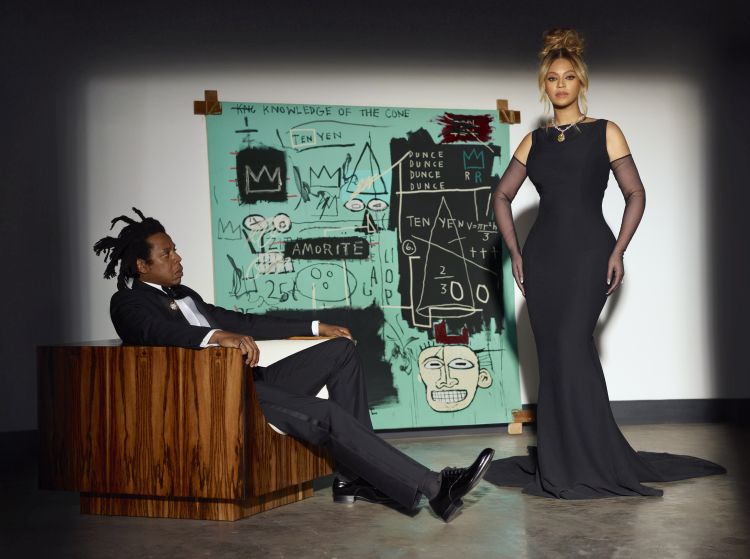
What does the natural-diamond industry need to do to connect better with your generation?
The natural-diamond industry needs more transparency on where the diamonds are sourced. They need to find a more environmentally friendly way to mine the diamonds and ensure no one is getting hurt in the process. These two factors drive Gen Z consumers to choose lab-grown diamonds over natural diamonds.
How is Gen Z going to change the face of the jewelry industry in the future?
Gen Z is going to change the face of the jewelry industry by changing what luxury means. Luxury to us is transparency and rawness, not exclusivity. We will prioritize craftmanship, values and practices of a brand that will resonate with real people. There will be no need for multimillion-dollar marketing campaigns, because the products will sell themselves.
Main image: Makenzie Essary. (Makenzie Essary)

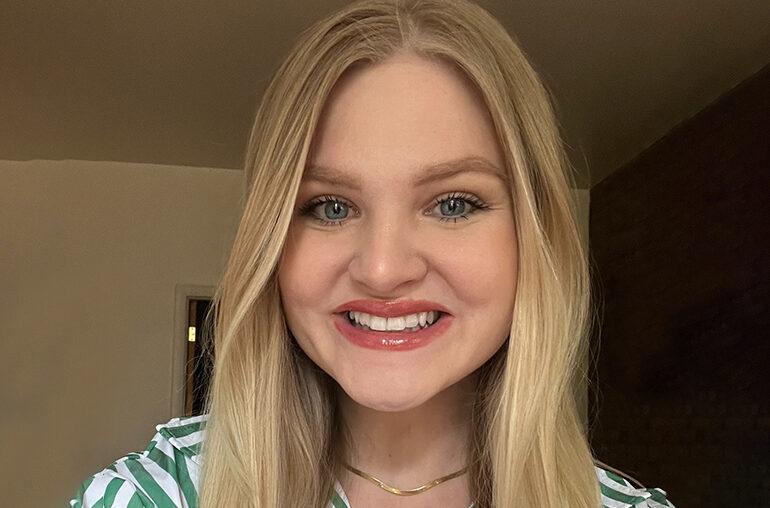
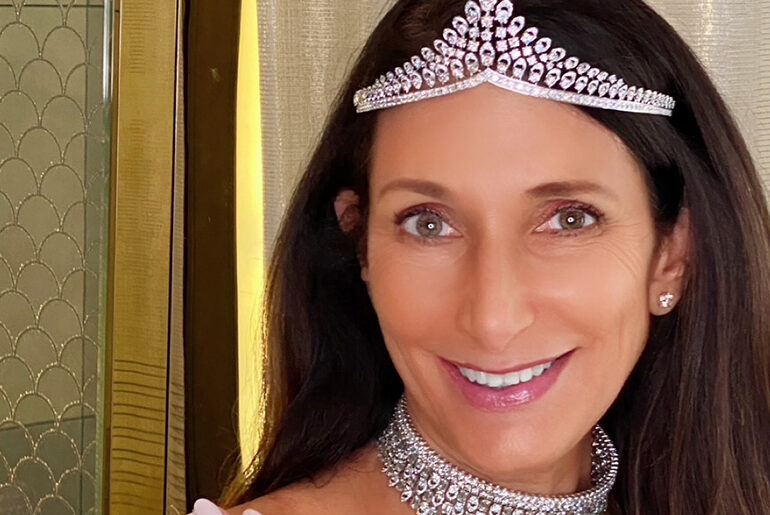
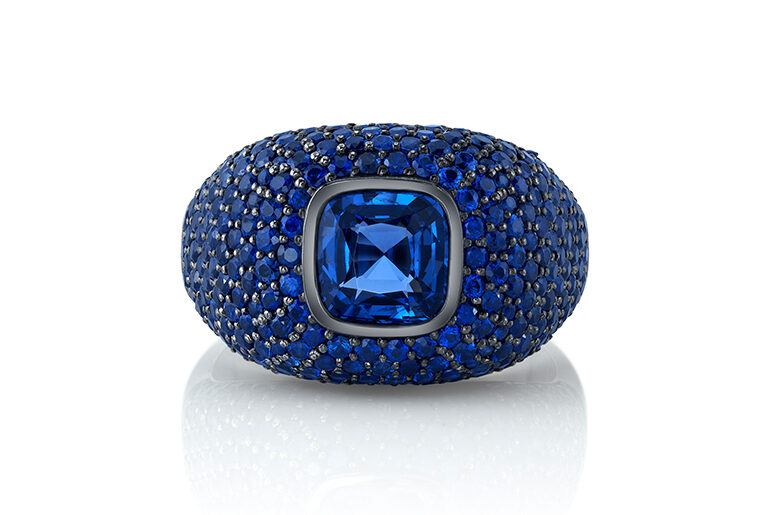
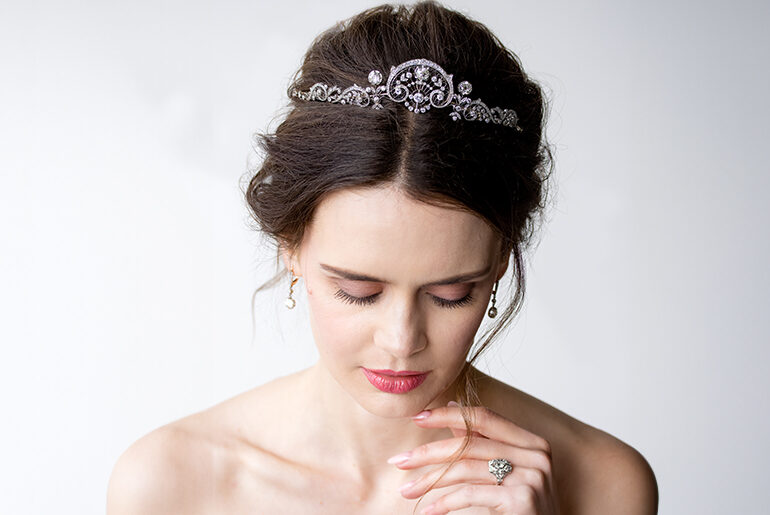
Comments are closed.